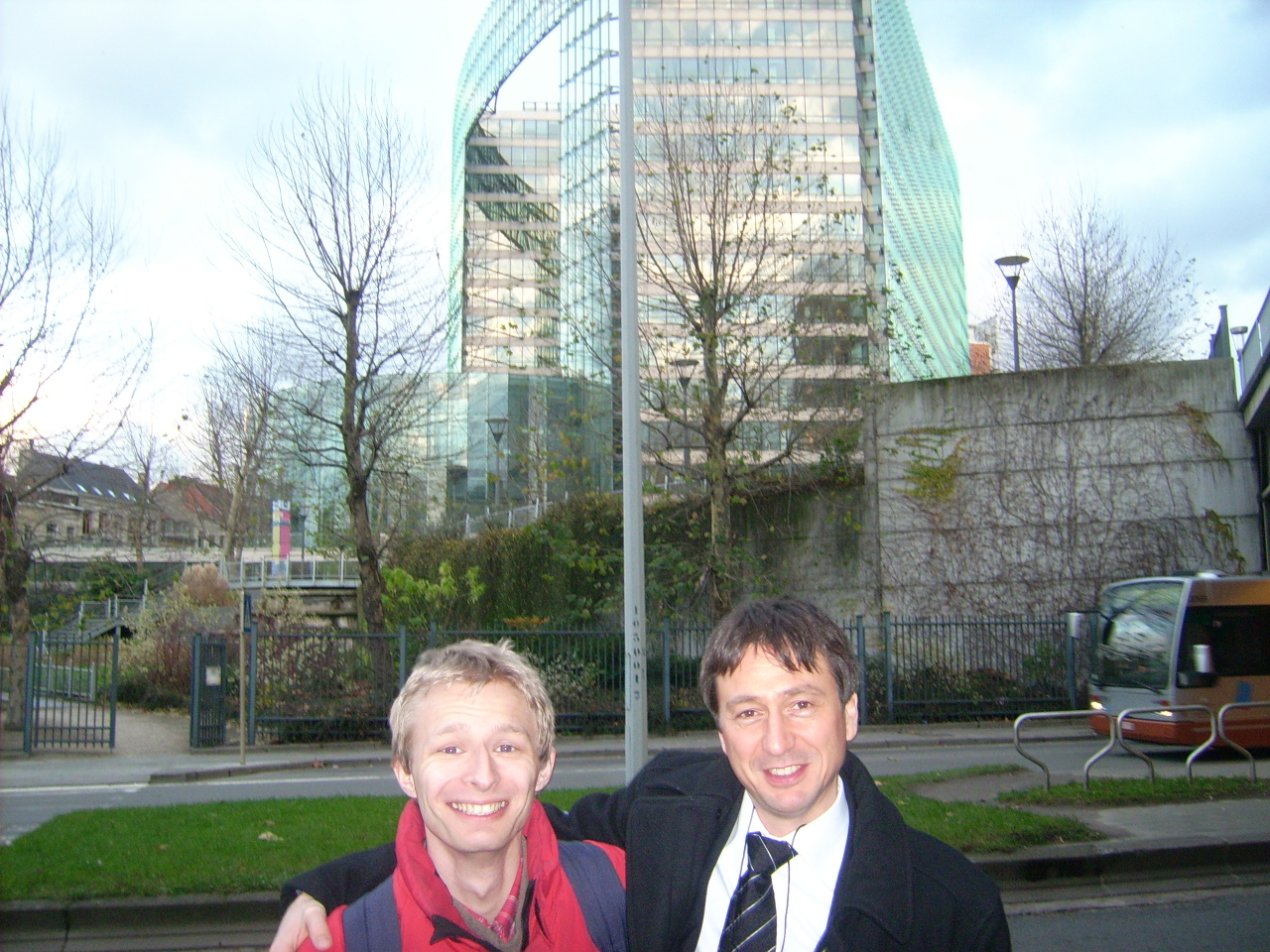Jag känner fortfarande såhär: http://blog.okfn.org/2012/06/27/taking-utmost-transparency-to-the-next-level-at4am-for-all/
Jag tror att informtionsunderläget går att bygga bort.
//Erik
Taking “utmost transparency” to the next level – at4am for all!
June 27, 2012 in Free Culture, Legal, Open Government Data, WG EU Open Data, WG Open Government Data
What? When?? Where??? How?!?! were the questions that got me started some 10 years ago now, on my free software journey that’s taken me to the heart of the European Parliament. As a young Swedish musician, politically innocent and ignorant as the next, I got worked up together with a bunch of newborn stallmanites unleashing ourselves on the internet determined to kill the software patents directive. There was a lot of code. I remember Xavi rewrote the EU’s co-decision procedure algorithm in java to be able to understand it, and that our content management system said ‘Cannot parse this Directive’ instead of returning 404. The tracking of MEPs was managed by Knecht, an email driven content management program written in lisp (insert awe comment here), and I cannot remember the number of different perl scripts that were playing around with voting results. It all ended happily (we won), and I still say “Can I have a B-item please!” whenever I get to go for drink with Miernik or Jonas.

You might think things would be different when you’re on the inside. I have been working in the European Parliament since the last elections, but it turns out at least three of the questions are still the same – What? When?? Where??? One administrative response from the institution is to serve the MEPs and their staff with iPads and intranet pages. Users of iPads and intranet are happy. But I am not. I have decided with a bunch of old stubborn stallmanites to try to use free software in the European Parliament as far as humanly possible. And we do. And it is (partially) possible. We put up a sign at FOSDEM in February last year calling for help and now we are 2 patrons, 13 members and 29 supporters. You can find info on how to become a supporter or a member (or even patron) of European Parliament Free Software Users Group (EPFSUG) here.
Another administrative answer by the institution to the questions above has been to build an Automatic Tool for AMendments, at4am. If ever I can nominate anybody to the Nobel Peace Prize, it would be the at4am developers team who have made this brilliant application possible. They have succeeded in making independent and competing committees in the European Parliament cooperate to provide information on their internal workings that can be parsed into a unified way of tabling amendments. It’s huge. Imagine a world without git (or anything like it) and then there is git – that is how epic this application is. More than 150k amendments has been tabled since its launch. I’d say that the same number of tears and curses have been saved.
Now, to close this already long, bushy and wild blog post with the reason for it in the first place: The at4am team has decided to share the code with the world, and on Wednesday 11 July we’re going to talk about which license would be best to use. The event is kindly hosted by MEP Marie-Christine Vergiat, and Carlo Piana and Karsten Gerloff from Free Software Foundation Europe (FSFE) are going to speak. Please come! A follow up meeting should of course focus on how to get the data out of the EP intranet and which licence would then be the best to use.
Why? Because the question “How?!?!” actually has an answer already. Rule 103 of the Rules of Procedure of the European Parliament reads as follows:
Transparency of Parliament’s activities
- Parliament shall ensure that its activities are conducted with the utmost transparency, in accordance with the second paragraph of Article 1 of the Treaty on European Union, Article 15 of the Treaty on the Functioning of the European Union and Article 42 of the Charter of Fundamental Rights of the European Union.
That’s a pretty serious standard. Come join to give it meaning!
Let’s figure out how to make utmost transparency work in practice.
